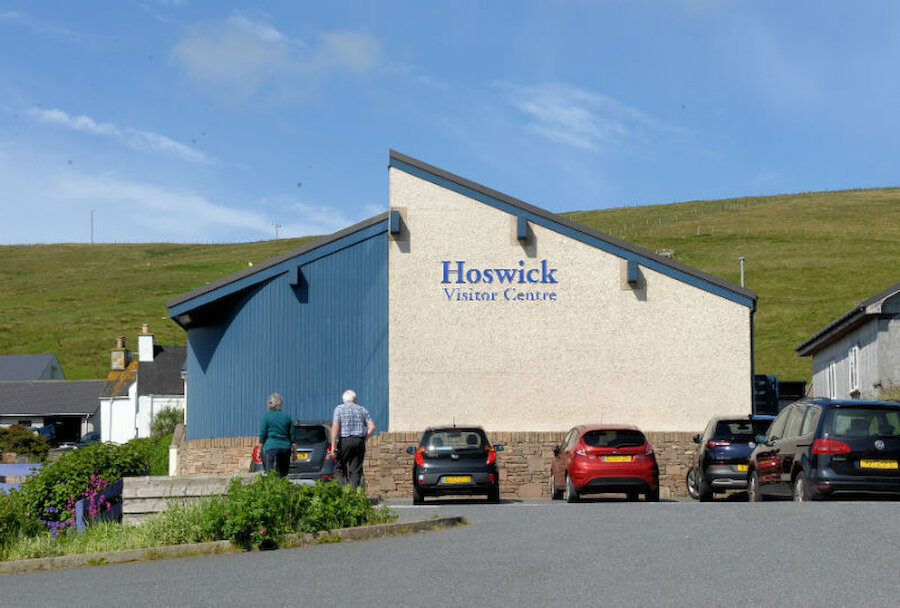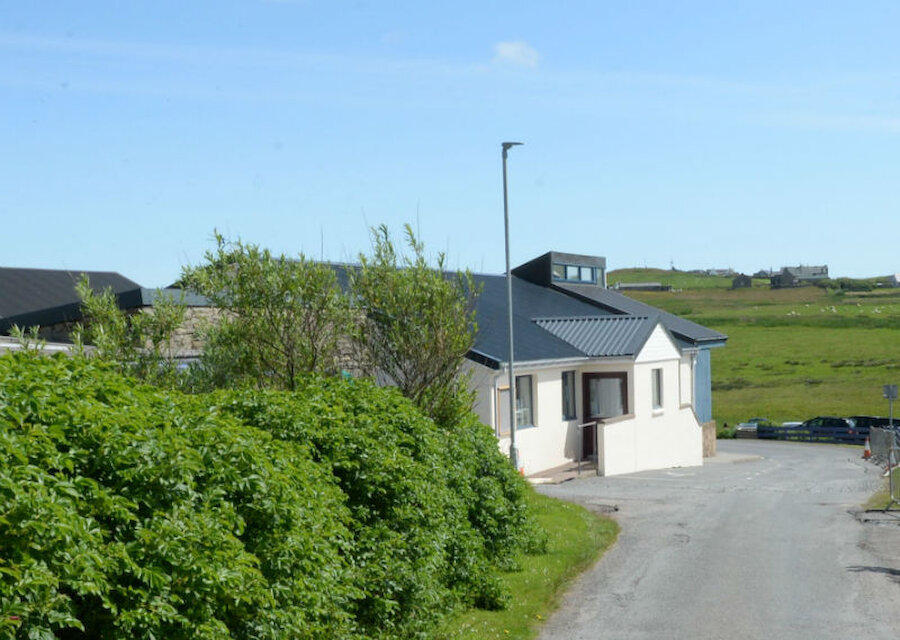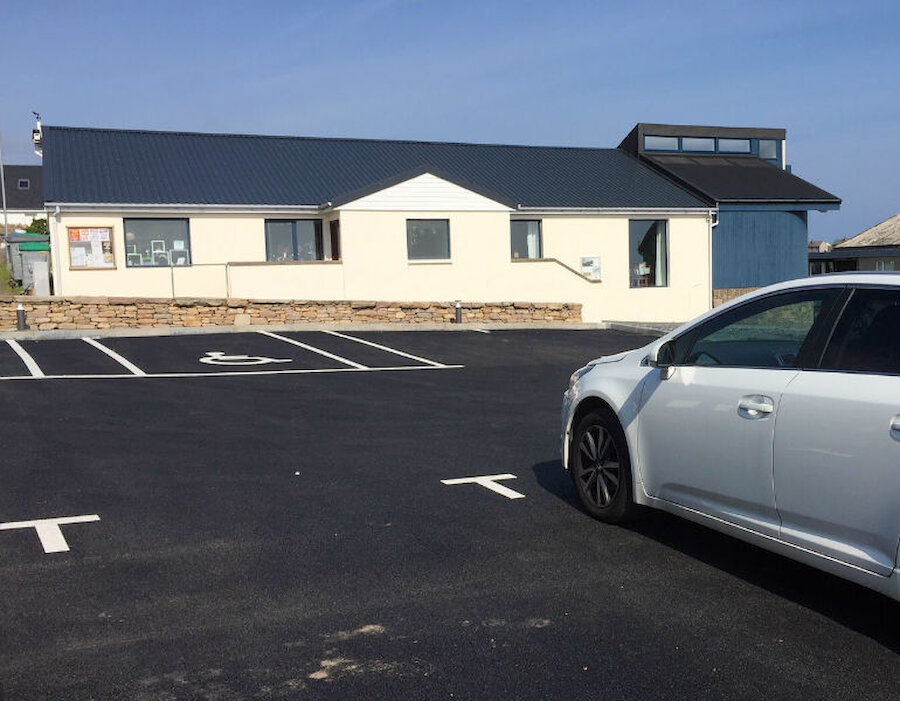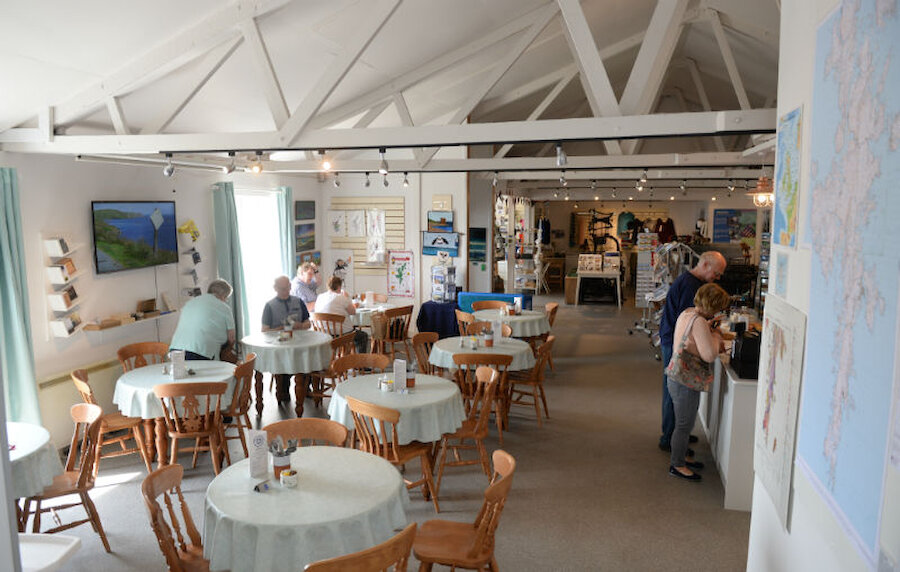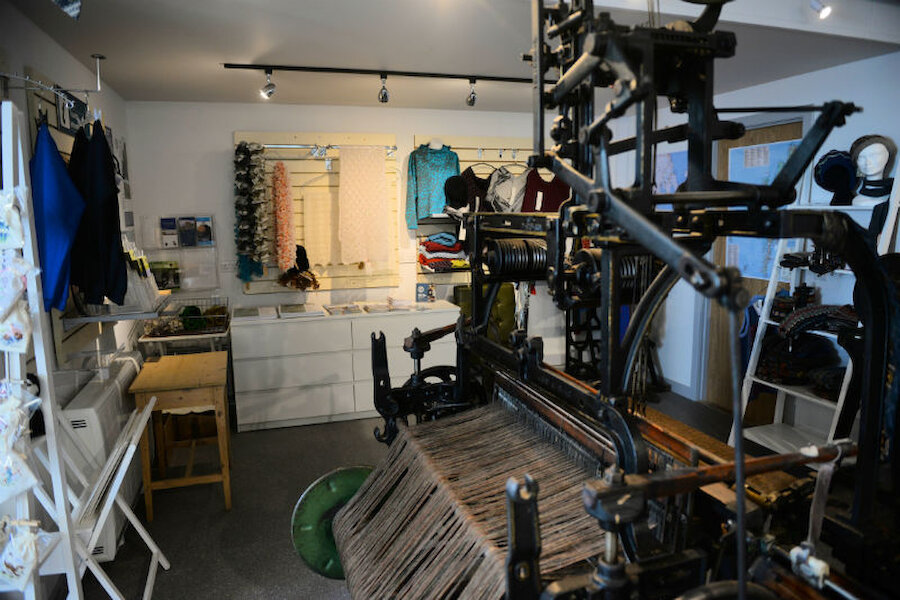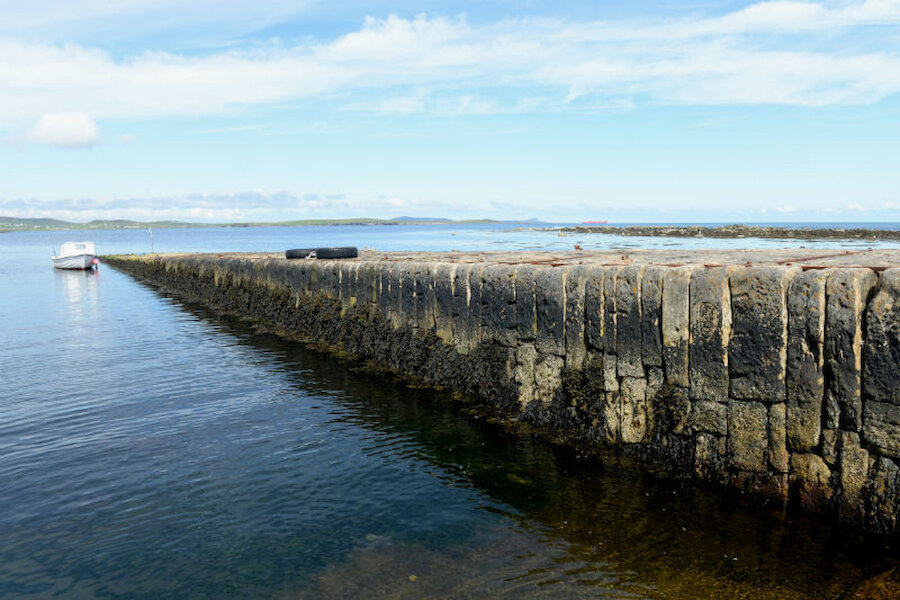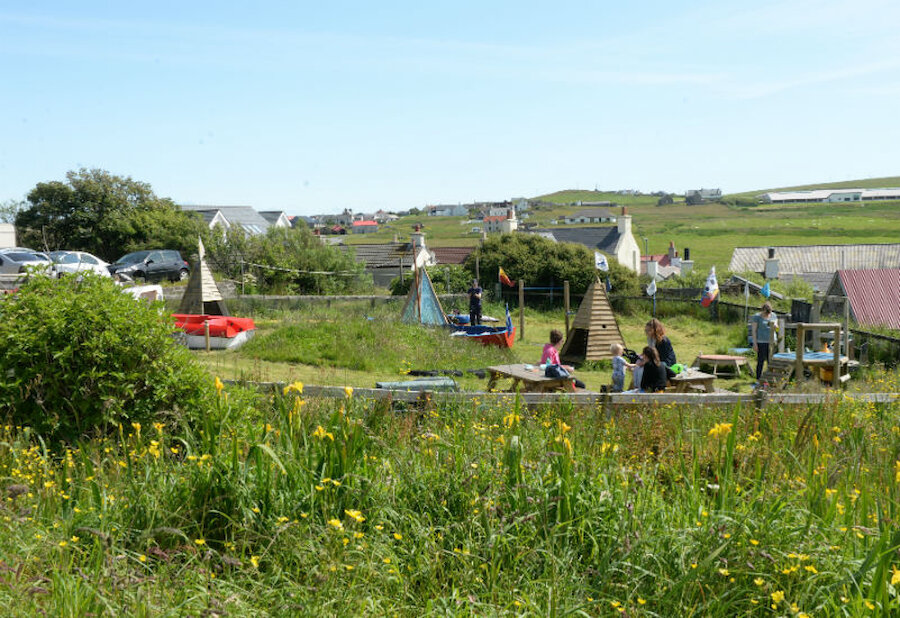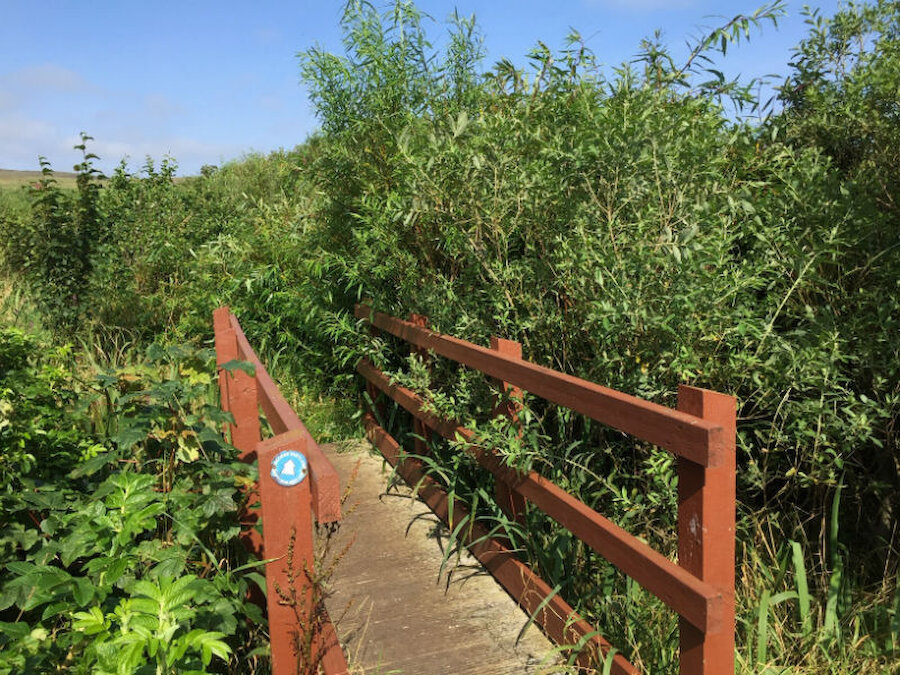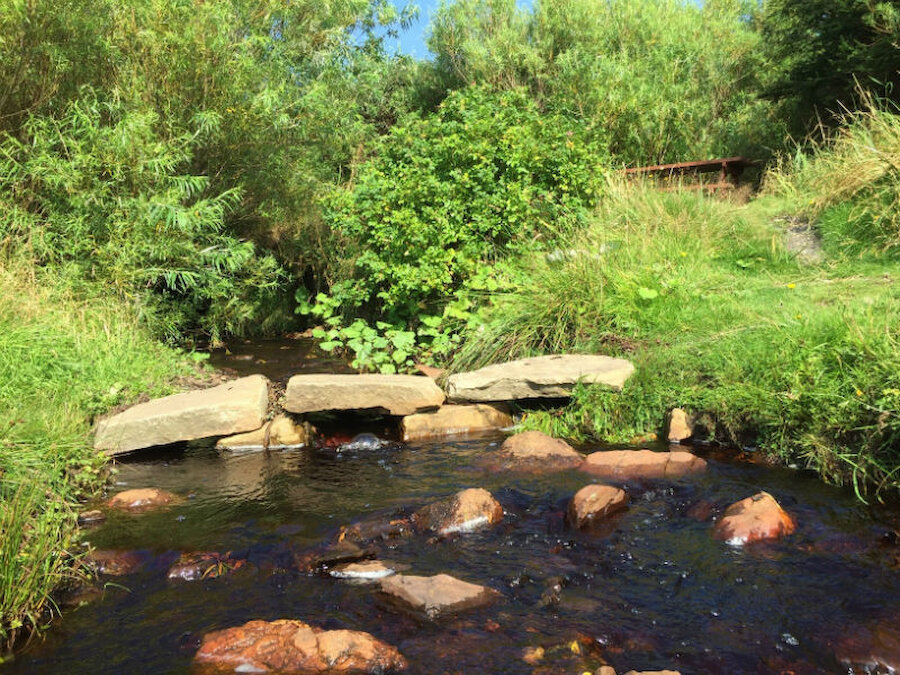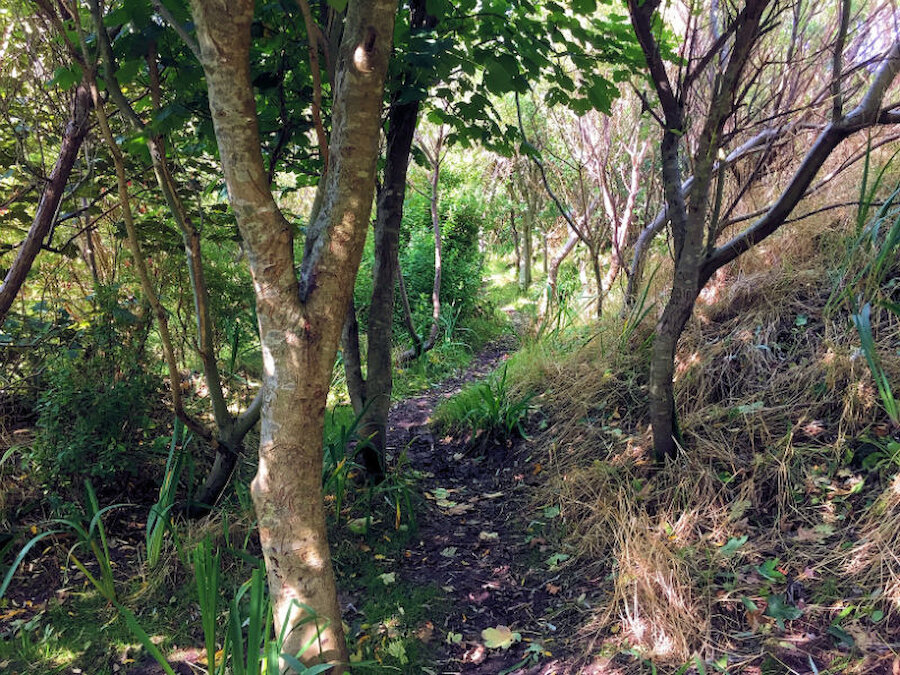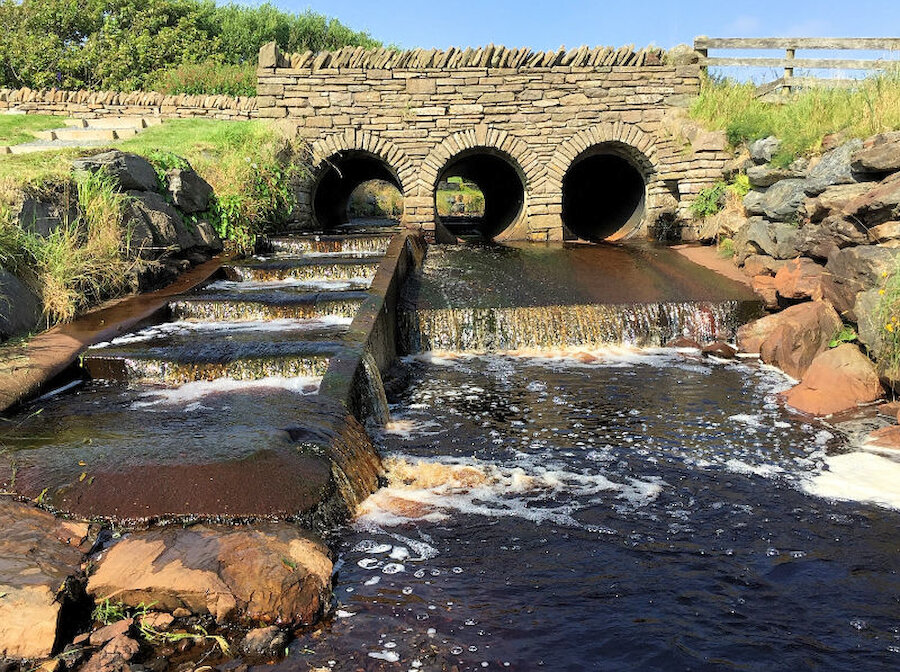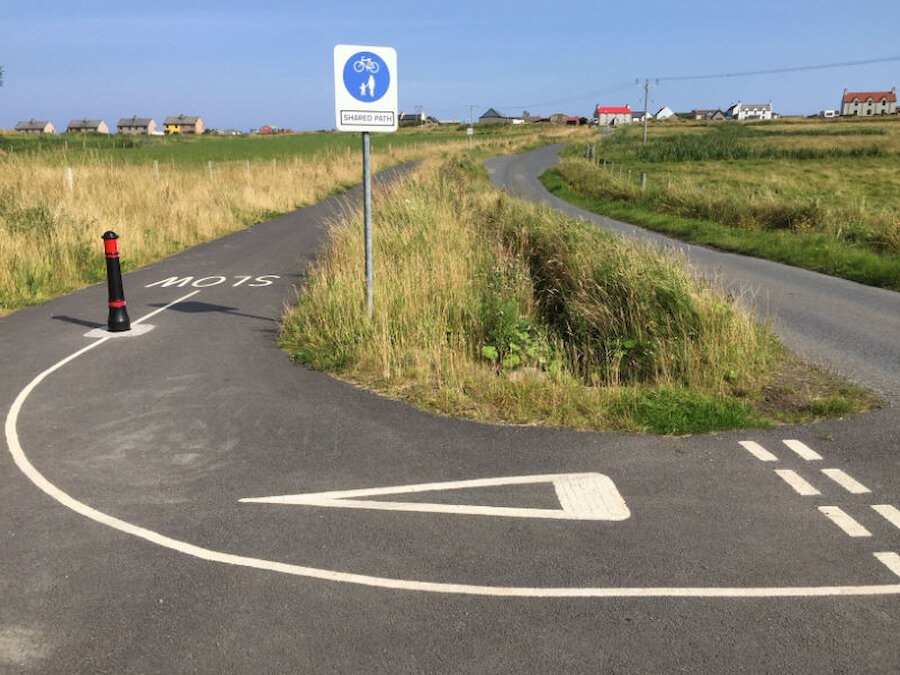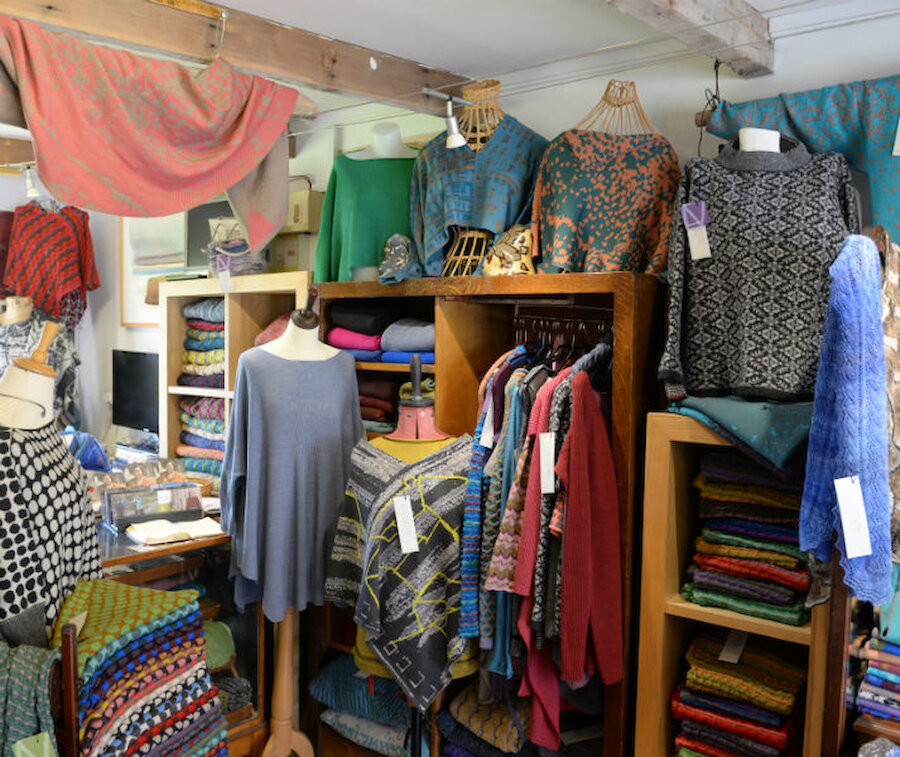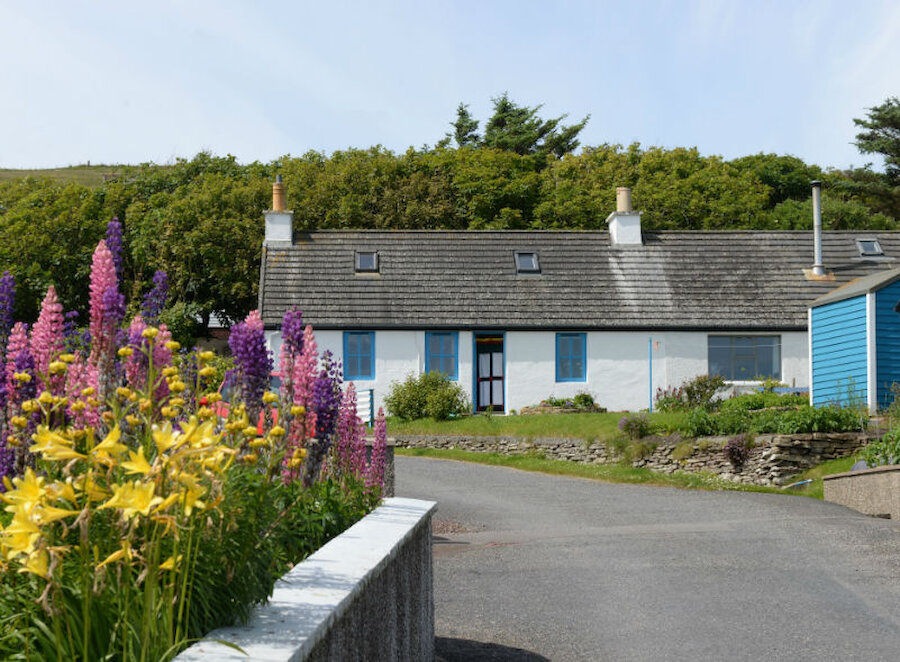Sandwick, a district on the east coast of Shetland’s South Mainland, brims with energy and ideas. The area, which mostly consists of farm and croft land, is home to around 800 people, distributed among several villages or hamlets such as Hoswick, Leebitton, Stove and Swinister.
The recent completion of work on the visitor centre at Hoswick (pictured above) is just one example of the many ways in which the community has been investing for the future.
Sandwick has a school serving both primary and junior secondary pupils, a modern swimming pool and shops, including a bakery. The passenger ferry that takes visitors to the isle of Mousa and its astonishingly well-preserved broch leaves from the Sandsayre pier at Leebitton, where, in the boatshed, there are displays telling the district’s story. There are successful craft businesses, too, engaged in textiles and woodworking. Older buildings have been refurbished and brought back into use. In short, there’s a buzz about the place.

